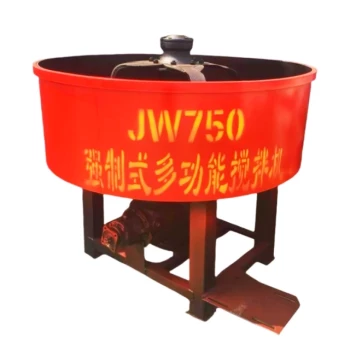Construction hoists rely on flawless gear systems to maintain safety and efficiency—yet tooth profile errors remain a leading cause of premature failures. This guide reveals how optimizing gear manufacturing processes can resolve these issues, drawing from industry standards and advanced quality control methods.
Gear Quality Challenges in Construction Hoists
The Critical Role of Involute Profiles in Hoist Performance
The involute curve of gear teeth dictates load distribution and motion smoothness. Even minor deviations (as small as 0.02mm) can cause:
- Accelerated wear from uneven contact patterns
- Vibration spikes exceeding ISO 10816-3 thresholds
- Noise pollution reaching 85+ dB, violating OSHA standards
Ever wondered why some hoist gears fail within months while others last years? The answer lies in microscopic profile accuracy.
How Improper Hob Sharpening Compromises Gear Integrity
Hob cutters—the tools shaping gear teeth—degrade with use. Common oversights include:
- Delayed resharpening cycles (beyond 8-10 cutting hours)
- Incorrect rake angles altering tooth contact geometry
- Burr accumulation creating surface irregularities
A single worn hob can produce hundreds of defective gears before detection.
Industry Standards for Precision Gear Manufacturing
Key Metrics for Tooth Profile Tolerances
AGMA 2015-A01 specifies:
| Parameter | Tolerance Range |
|---|---|
| Profile slope | ±0.015mm |
| Pitch deviation | ±0.02mm |
| Lead variation | 0.03mm/m |
Gears exceeding these thresholds show 3× higher failure rates in load testing.
Best Practices in Hob Maintenance and Sharpening
- Laser profilometry checks every 5 operating hours
- Cryogenic treatment extends tool life by 40%
- Automated sharpening systems with ≤0.005mm repeatability
Think of hob maintenance like sharpening a chef’s knife—precision degrades exponentially after the optimal point.
Proven Solutions for Noise Reduction and Motion Stability
Case Study: Resolving Gear Failures Through Process Optimization
A European hoist manufacturer reduced warranty claims by 68% after implementing:
- Closed-loop hob monitoring with IoT sensors
- Post-cut shaving to remove subsurface stresses
- 100% automated optical inspection (AOI)
Advanced Technologies for Real-Time Quality Control
- In-process gear metrology compares cuts to CAD models mid-production
- AI-driven predictive maintenance forecasts hob wear patterns
- Resonance testing identifies microscopic cracks before assembly
Conclusion: Building Hoists That Last
Eliminating gear failures requires treating every micron as critical. By combining:
- Rigid adherence to AGMA/ISO standards
- Proactive hob management
- Next-gen inspection technologies
...manufacturers can achieve the
Actionable Next Steps:
- Audit current gear inspection protocols against AGMA 2015
- Implement hob sharpening logs with time-stamped quality data
- Explore AOI systems for defect detection during rough cutting
Related Products
- Commercial Construction Mixer Machine for Soil Cement Mixing Concrete
- Portable Concrete Mixer Machine Equipment for Mixing Concrete
- Electric Hoist Winch Boat Anchor Windlass for Marine Applications
- Portable Small Trailer Winch
- HZS75 Concrete Batching Plant Cement Mixer Price Concrete Mixer Bunnings Mixing Plant
Related Articles
- How to Choose the Right Concrete Type for Every Construction Challenge
- Optimizing Concrete Mixer Safety: How Proactive Tire and Suspension Maintenance Prevents Catastrophic Failures
- How to Test Concrete Mixer Brake Systems for Optimal Safety and Compliance
- How Concrete Mixers Achieve Perfect Homogeneity for Stronger Structures
- How to Master Concrete Mixer Operation: Training, Certification, and Safety Protocols




















